

While the term is widely used these days, the question 'what are modular homes?' may well be in your head. It's likely you'll know that modular homes are different to 'stick-built' homes – those created onsite using traditional methods like bricks and mortar or timber framing – but how so?
In fact, modular homes are a subtype of prefabricated homes, but it’s often the case that the terms are used interchangeably, so we’ll give you the lowdown on what exactly a modular home is.
We’re also bringing you expert advice on modular homes plus a guide to costs if you do decide to take the self build route.
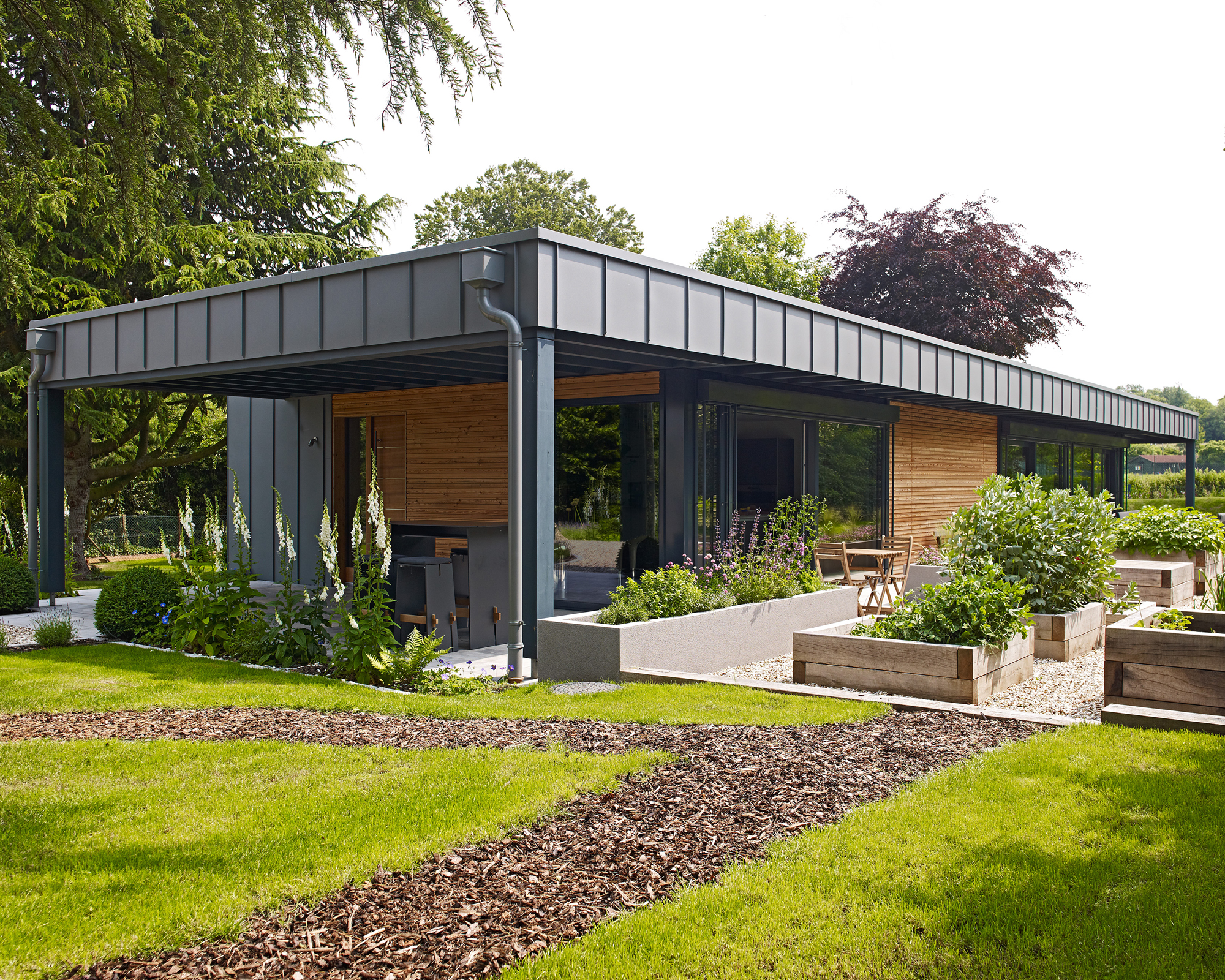
What are modular homes?
The short answer is that they are a type of prefabricated home. A prefabricated home is a home that’s built from components made in advance in a factory.
Compare that to a traditionally-built home which is assembled piece by piece at the site from the building materials.
A modular home is one type of prefabricated home, and it consists of sections – its modules. After the modules of a modular house have been delivered to your site, they are installed to create the home. ‘A modular home is arranged on site like Lego bricks,’ says Phillip Ash, founder of Pro Paint Corner.
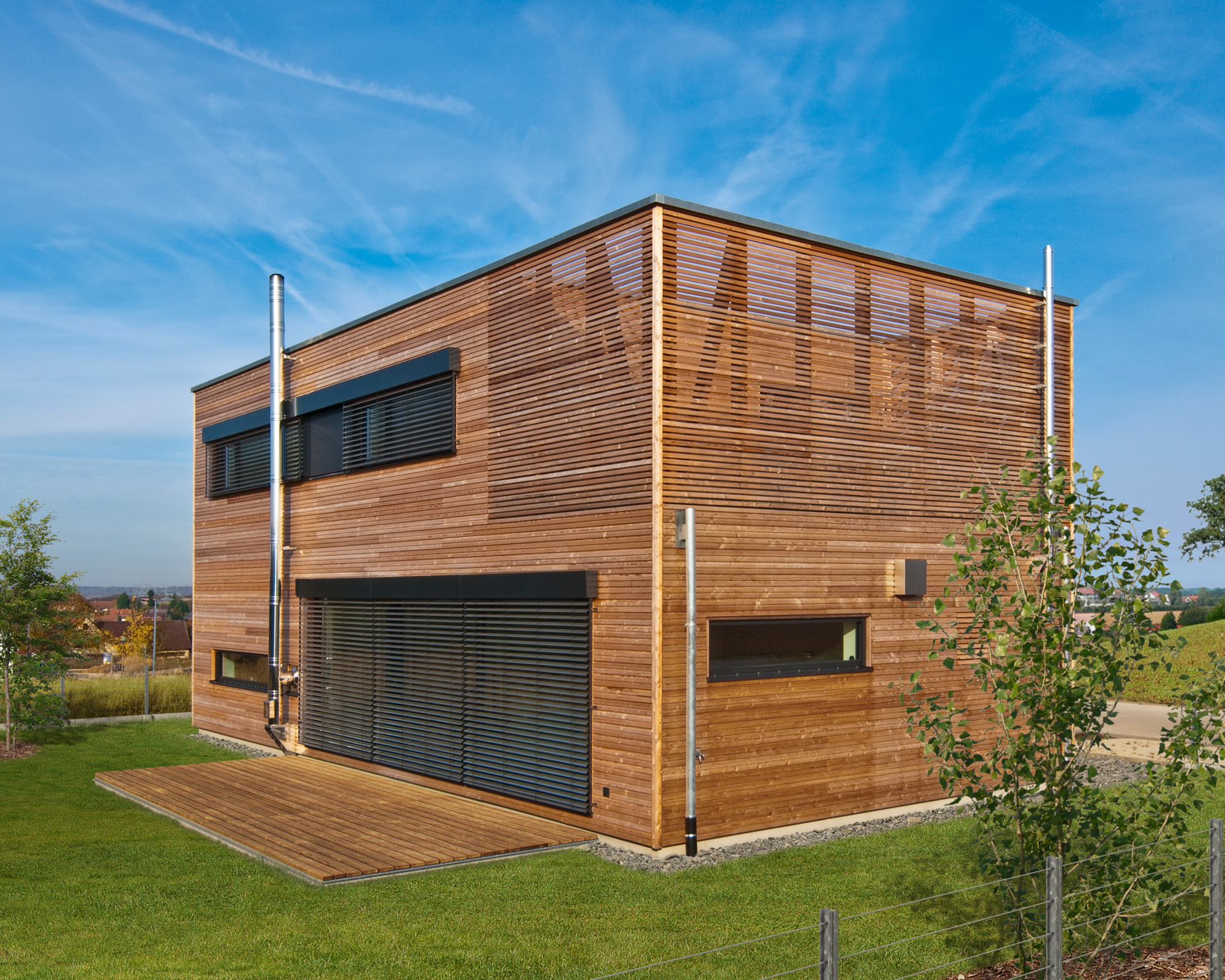
What is the difference between a modular home and a manufactured home?
You might also be pondering the question of what are modular homes given that there are also manufactured homes and these, too, are built in sections in a factory.
However, a modular home should be considered as entirely distinct from a manufactured home. Kim Abrams, CEO of Abrams Roofing, explains the differences: ‘A modular home is built in sections at a factory and then delivered to the building site. The sections are either bolted together or snapped together, depending on the type of modular home. Modular homes are built to local building codes and regulations.'
‘A manufactured home also has built-in sections at a factory, but the sections are much bigger (about 8 to 16 feet wide and 20 to 45 feet long). Because of the size and weight of the sections, many localities require that a manufactured home be connected to a foundation. The sections are shipped to the building site on a trailer and then installed.
‘Manufactured homes are regulated by the Department of Housing and Urban Development (HUD) and must meet HUD’s federal manufactured home construction and safety standards.’
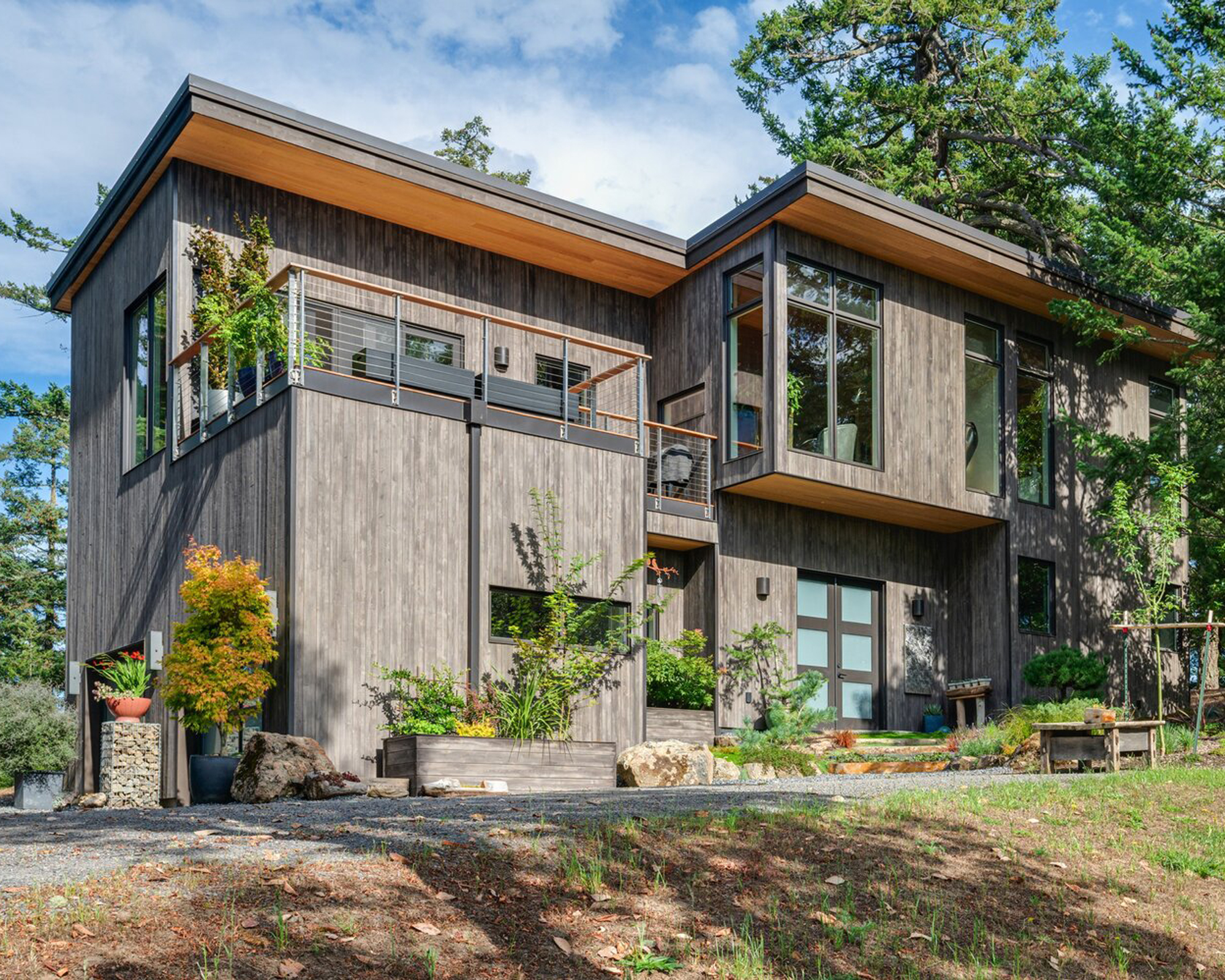
Are modular homes good quality?
A modular home can definitely be a sound choice. ‘Modular homes are not just good quality, they could be regarded as high quality,’ says Ron Wysocarski, real estate broker and CEO of Wyse Home Team Realty.
You can also be assured by the legal requirements. ‘Modular homes are built to residential building codes,’ says realtor Kristina Morales. ‘They are thoroughly inspected including a final inspection on site. Most insurance companies do not ask if a home is modular or stick-built because there are no additional safety concerns specific to modular homes.’
And modular homes have proven themselves in extreme weather. ‘According to FEMA (the Federal Emergency Management Agency), modular homes hold up better than other types of construction in major weather such as hurricanes. After Hurricane Andrew, FEMA reported that modular homes “performed much better than conventional residential framing”,’ adds Morales.
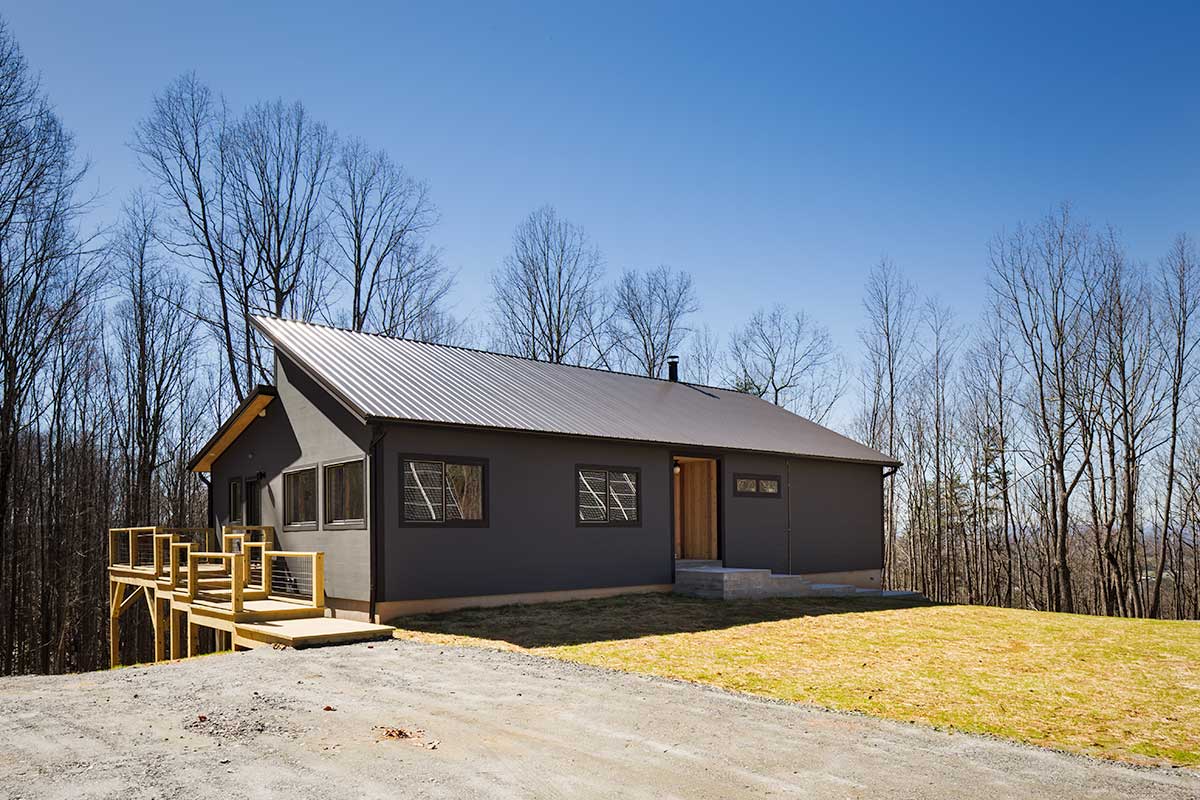
Is a modular home considered a house?
A modular home meets the criteria of a house. Kristina Morales explains: ‘Modular homes are considered houses because they: follow residential building codes; are permanent; are deeded as real property; qualify for conventional mortgage loans; and can appreciate in value.’
Who should consider a modular home as an alternative to a traditionally built house? ‘A modular home is a good choice for a homebuyer who wants to get the most square footage for the cost and owns, or can buy, land where they can place the house,’ Morales adds.
What does a modular home cost?
Although it’s not a rule, in general a modular home will entail a lower spend than a traditionally built home. ‘Modular homes typically cost 10 to 35 per cent less to build than on-site stick-built homes,’ says Kristina Morales.
‘Primarily, the cost of a modular home depends on the modular home floor plan selection,' Ron Wysocarski explains. 'Excluding the additional fees and land cost, the modular home will cost you between $100 to $200 per square foot.
'Which, for an 1,800 square foot modular home you can expect to be as low as $180,000 and as high as $360,000.’
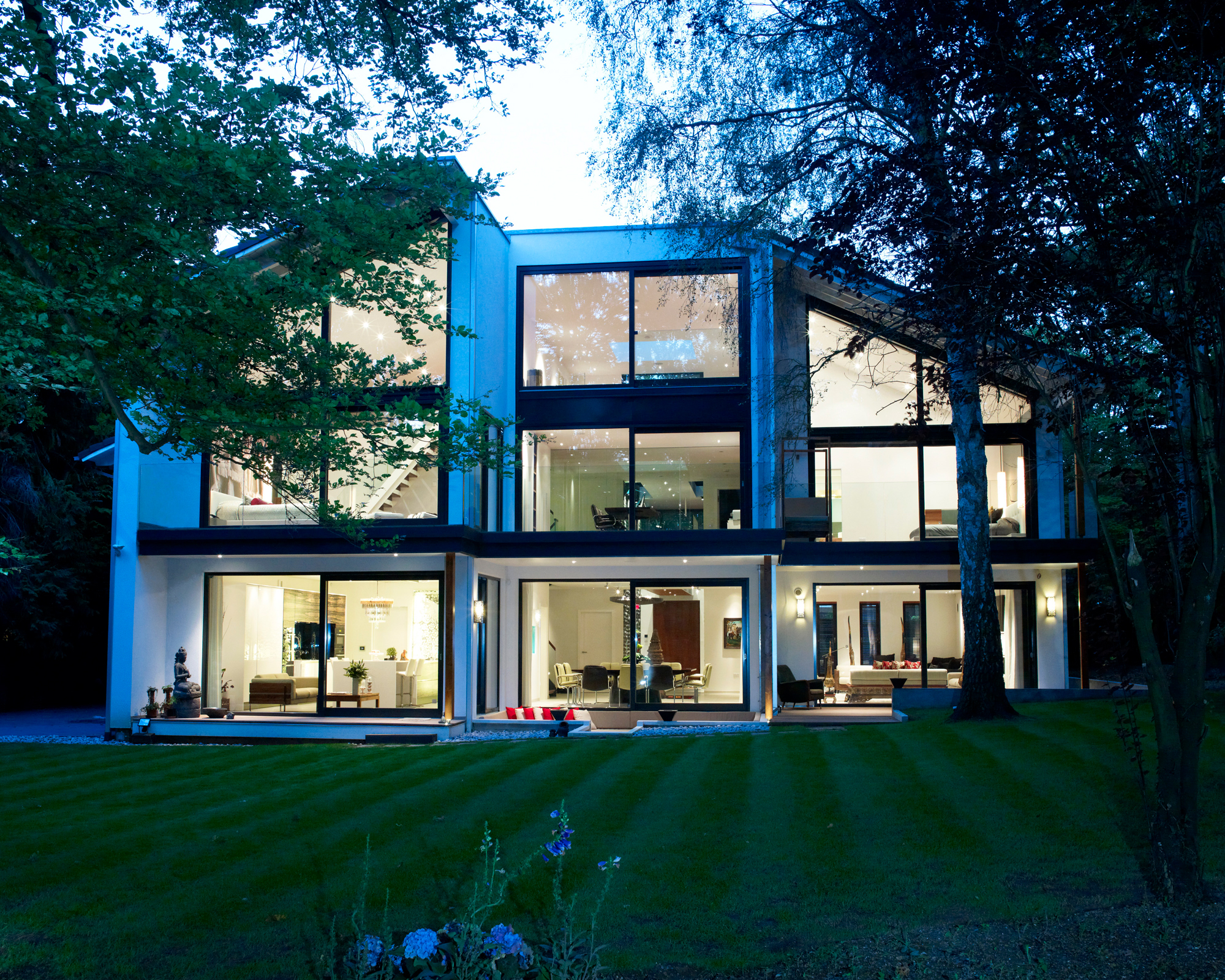
Where can I look for a modular home?
So now you know the answer to the question what are modular homes, you might want to look for one. There are many companies providing modular homes, and you can begin by viewing floor plans before checking out built homes and even making a factory visit.
As to renowned manufacturers, you might have heard of German company HUF HAUS. The company’s premium glass and timber modular homes are popular in their native country and the UK, but the first HUF house was transported to the USA as long ago as 1984.
Take a look, too, at the high-end homes from US company Method Homes and check out the plans offered by Deltec Homes, which creates traditional and modern as well as round homes and is known for the energy efficiency of its houses.
Join our newsletter
Get small space home decor ideas, celeb inspiration, DIY tips and more, straight to your inbox!

Sarah is a freelance journalist and editor writing for websites, national newspapers, and magazines. She’s spent most of her journalistic career specialising in homes – long enough to see fridges become smart, decorating fashions embrace both minimalism and maximalism, and interiors that blur the indoor/outdoor link become a must-have. She loves testing the latest home appliances, revealing the trends in furnishings and fittings for every room, and investigating the benefits, costs and practicalities of home improvement. It's no big surprise that she likes to put what she writes about into practice, and is a serial house revamper. For Realhomes.com, Sarah reviews coffee machines and vacuum cleaners, taking them through their paces at home to give us an honest, real life review and comparison of every model.
-
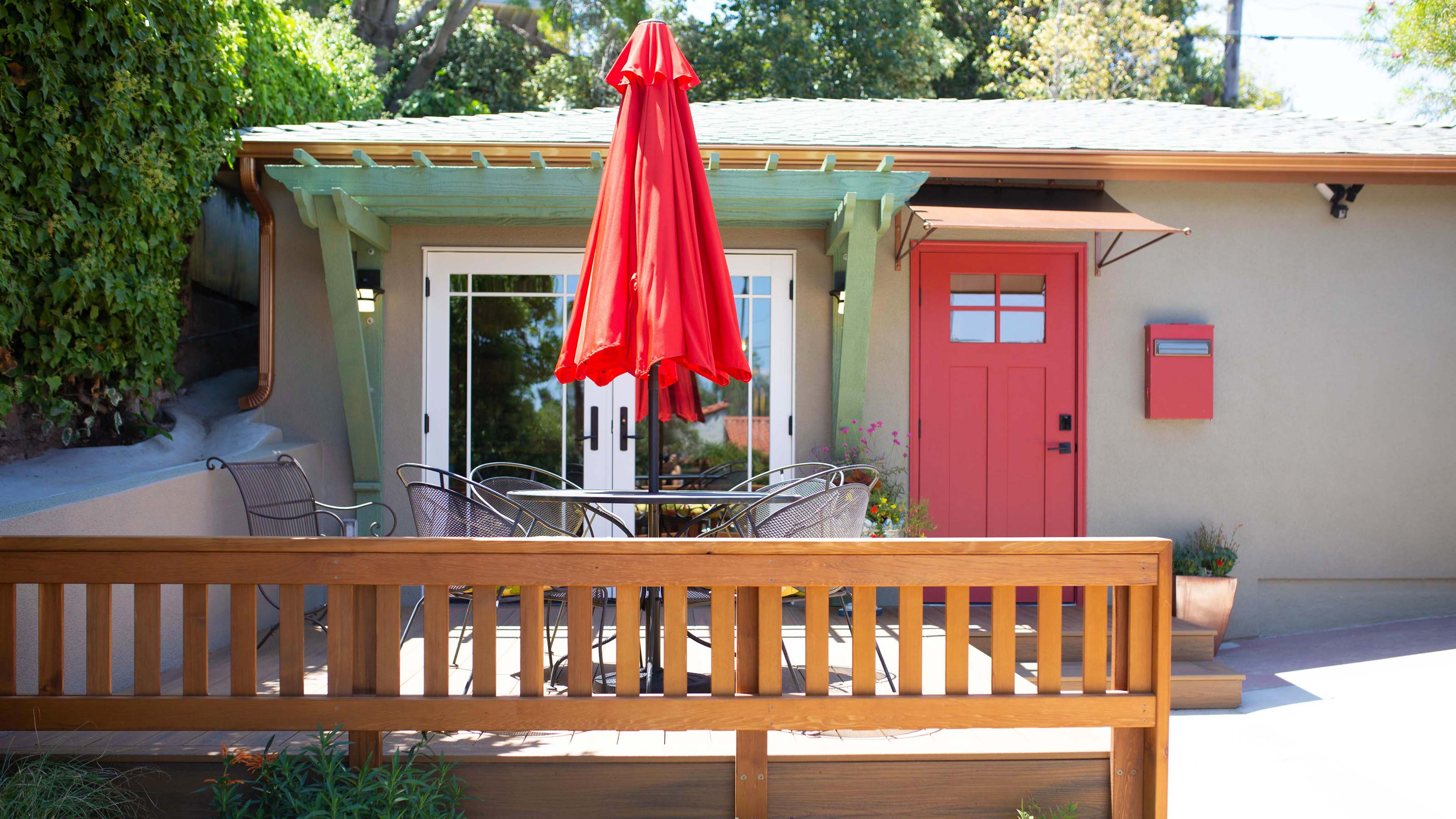 Move over tiny homes, the US is seeing a sharp rise in 'granny pods'
Move over tiny homes, the US is seeing a sharp rise in 'granny pods'There's been an explosion of ADUs since mid-2020
By Millie Hurst
-
 Manufactured homes vs. modular homes – the main differences
Manufactured homes vs. modular homes – the main differencesIn the matchup of manufactured homes vs. modular homes how do the two choices rate? Here’s the answer
By Sarah Warwick
-
 Prefabricated homes explained – the advantages and where to start
Prefabricated homes explained – the advantages and where to startWondering about the benefits of prefabricated homes and want to know more? Get the lowdown
By Sarah Warwick
-
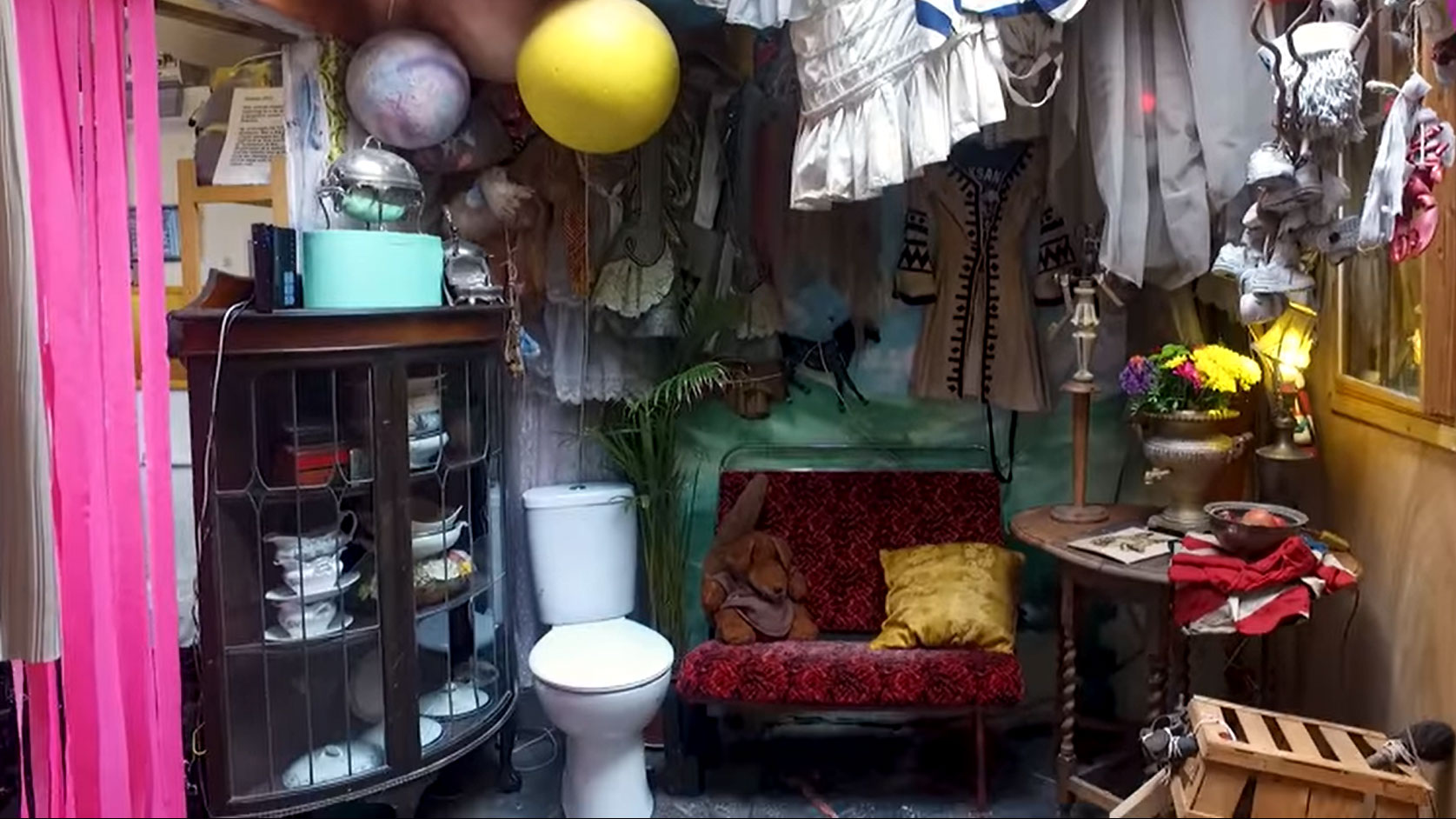 Real Homes Stories: Step inside the wackiest home in London featuring glitter balls from a Kylie Minogue tour
Real Homes Stories: Step inside the wackiest home in London featuring glitter balls from a Kylie Minogue tourSet designer Tony Hornecker has turned an old London garage into a home bursting with quirky features
By Rebecca Knight
-
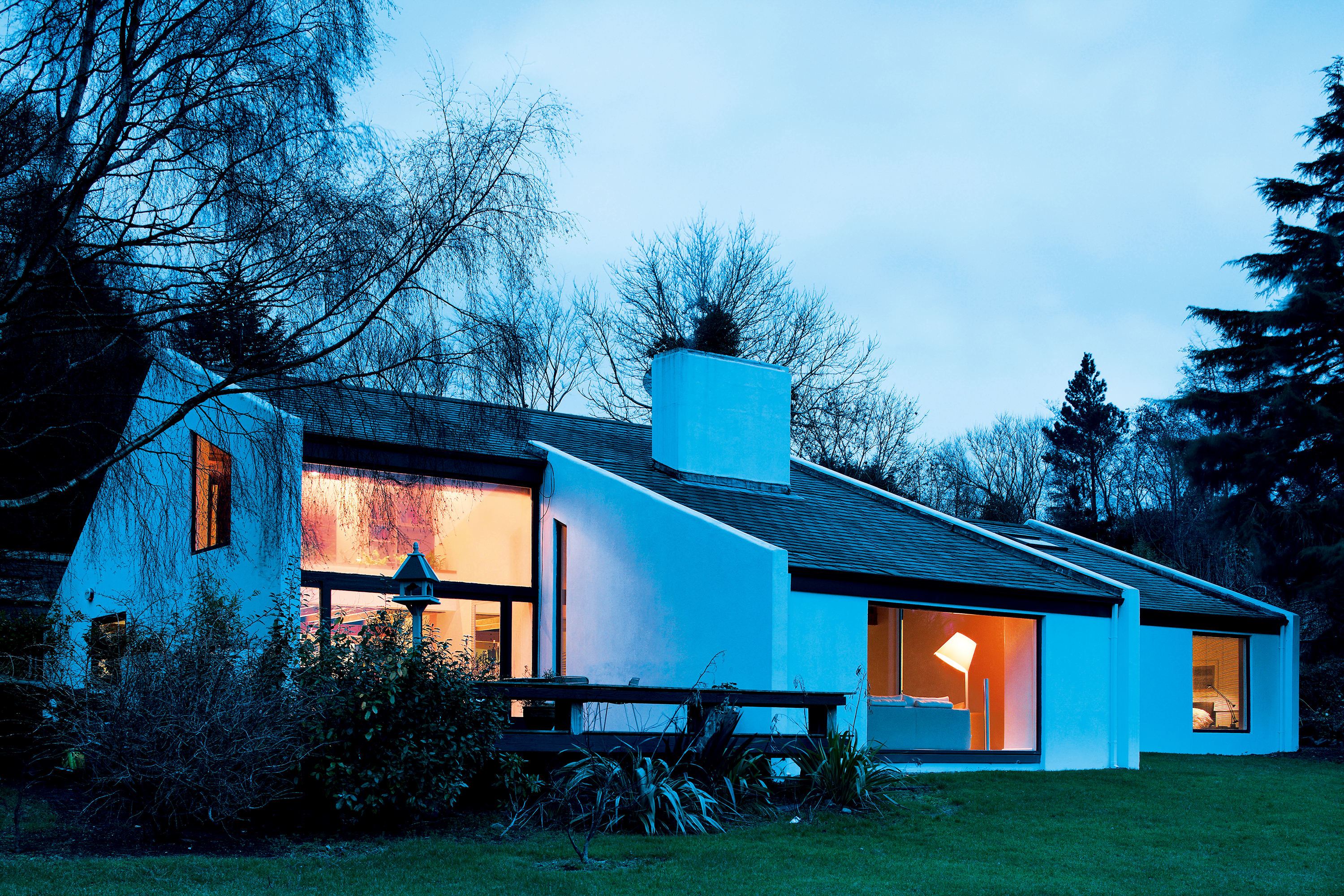 A million plan to self build in 2020
A million plan to self build in 2020The popularity of self build is growing, with Scotland and northern England offering the best opportunities
By Anna Cottrell
-
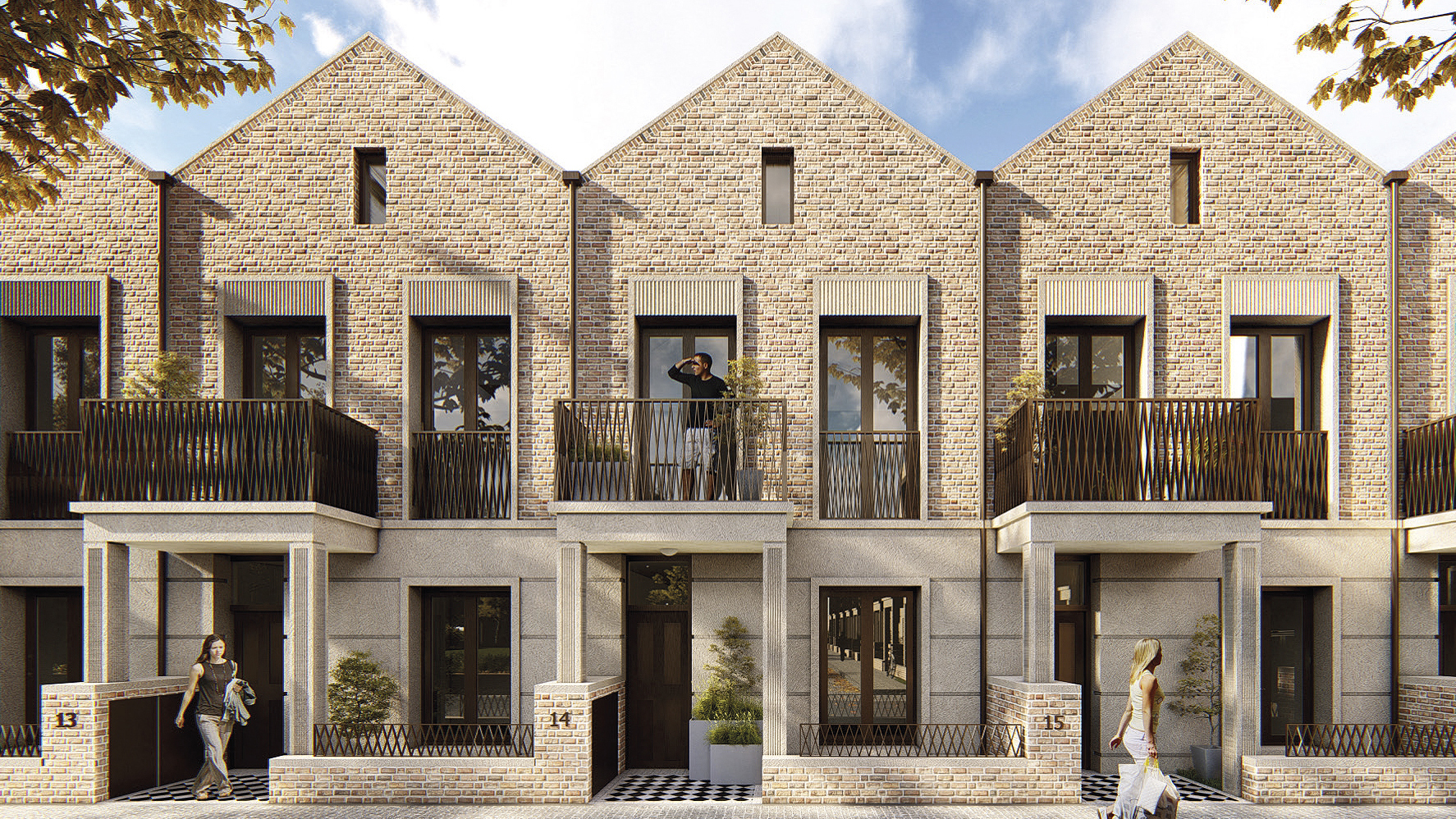 The modular homes that are promising to end the UK housing crisis – at the rate of 8 new homes per day
The modular homes that are promising to end the UK housing crisis – at the rate of 8 new homes per dayA newcomer to the UK's pre-fab property sector is aiming to close the house building gap at the rate of 2,000 new precision engineered homes a year
By Anna Cottrell